Modern Classic: Famous Ferris Bueller Film House for Sale
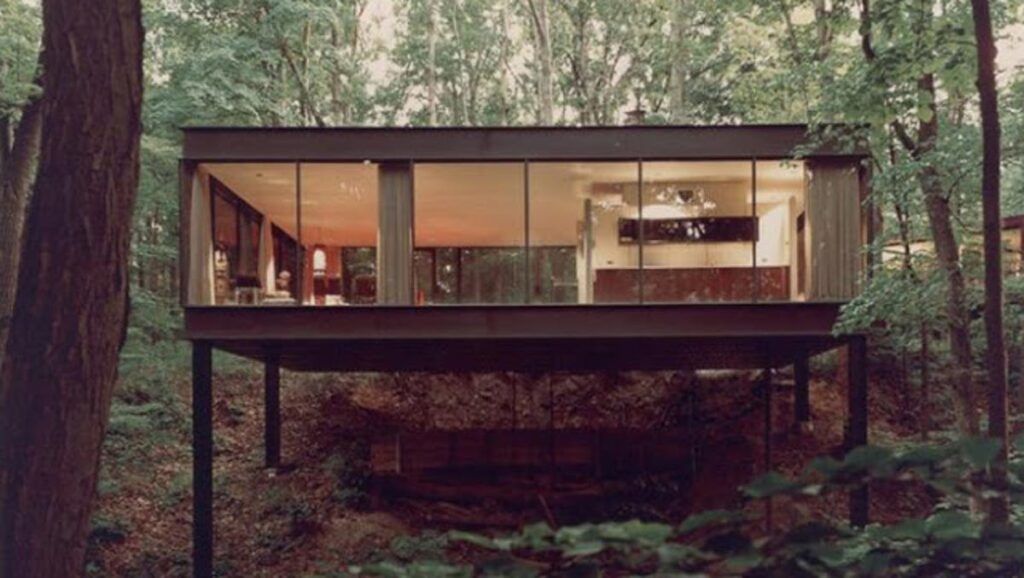
Homes make history for various reasons – a famous architect, a historical event or … in some cases … an epic film that captured the zeitgeist of a young generation through humor and romance. Yes, the classic modern steel-and-glass box home from Ferris Bueller’s Day Off is up for sale.
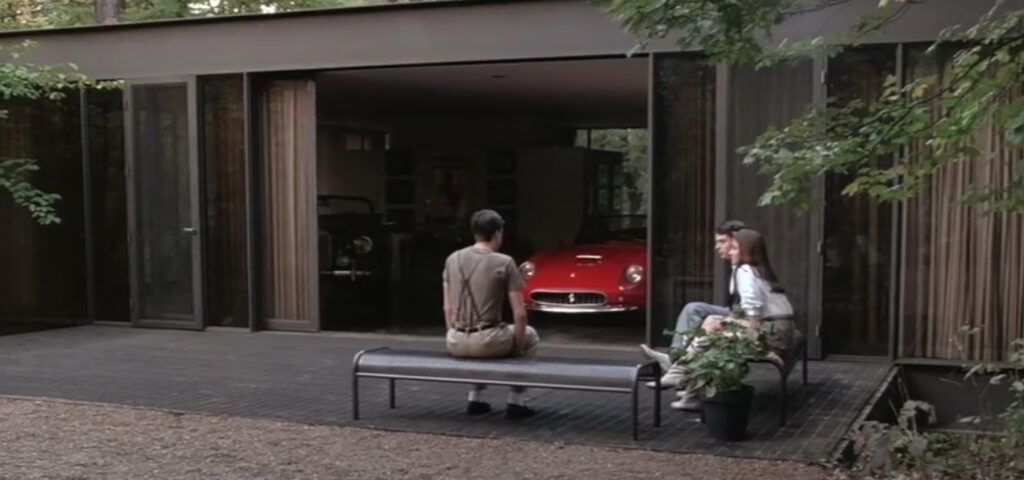
For those who missed the movie, well, spoiler alert: in a climactic end scene the frustrated co-star tries to rewind the miles on his dad’s car after a day of adventure … but the idea backfires, in more ways than one.
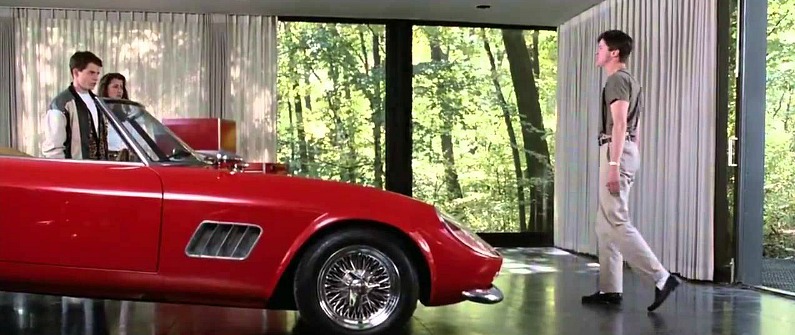
When the plan (putting the car in reverse and propping it up) doesn’t work, he kicks the vehicle until (surprise!) it comes loose and cruises straight through the floor-to-ceiling window along the back of the house, then drops to the forest floor a few stories below.
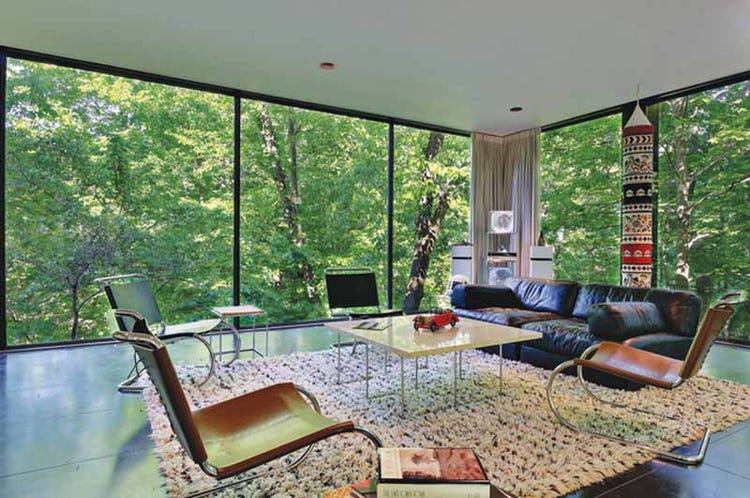
To own this piece of cinematic history, one would need to shell out over a million and a half dollars … but don’t worry: they did fix the glass at least.
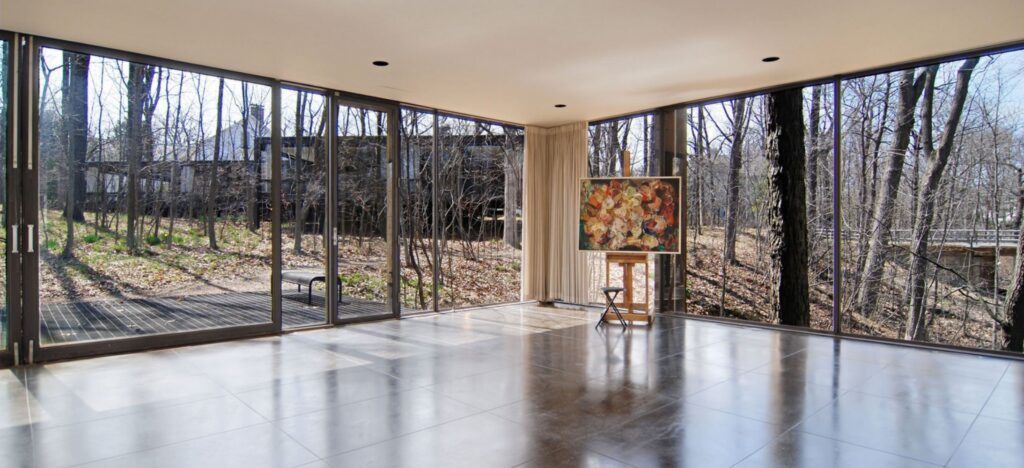
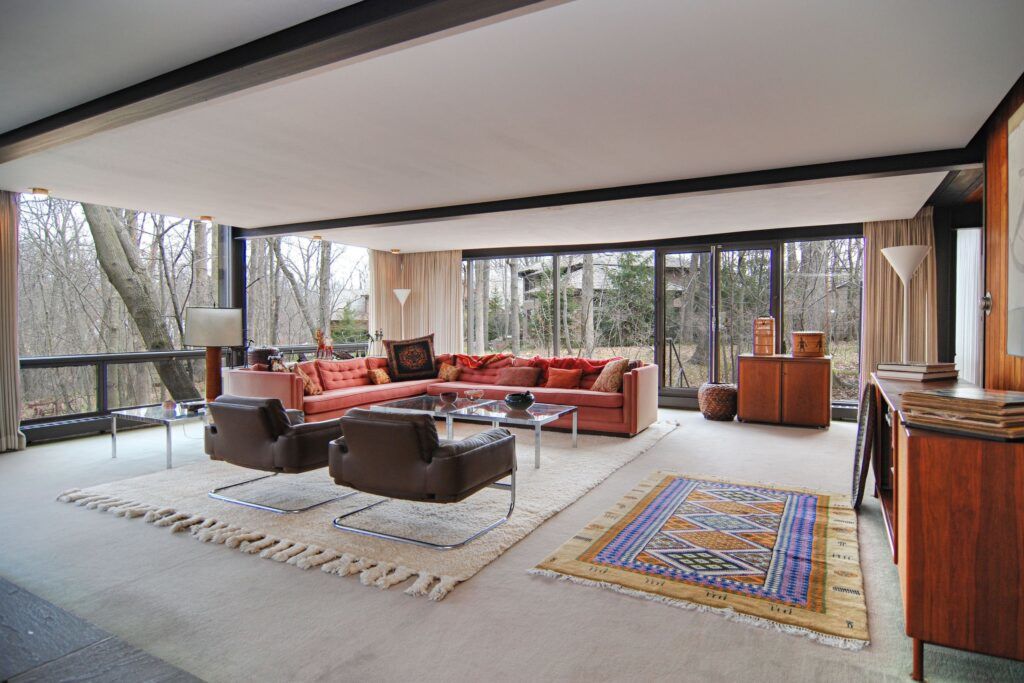
Associations aside, though, the home is truly beautiful (in a modern minimalist way), with exposed steel structural frame, huge window panels and warm wood ceilings and floors to balance white walls, floors and appliances.
You might think this home would fly off the market in a flash, but it’s been sitting a while. Here’s some more info from Chicago Mag on why that might be.
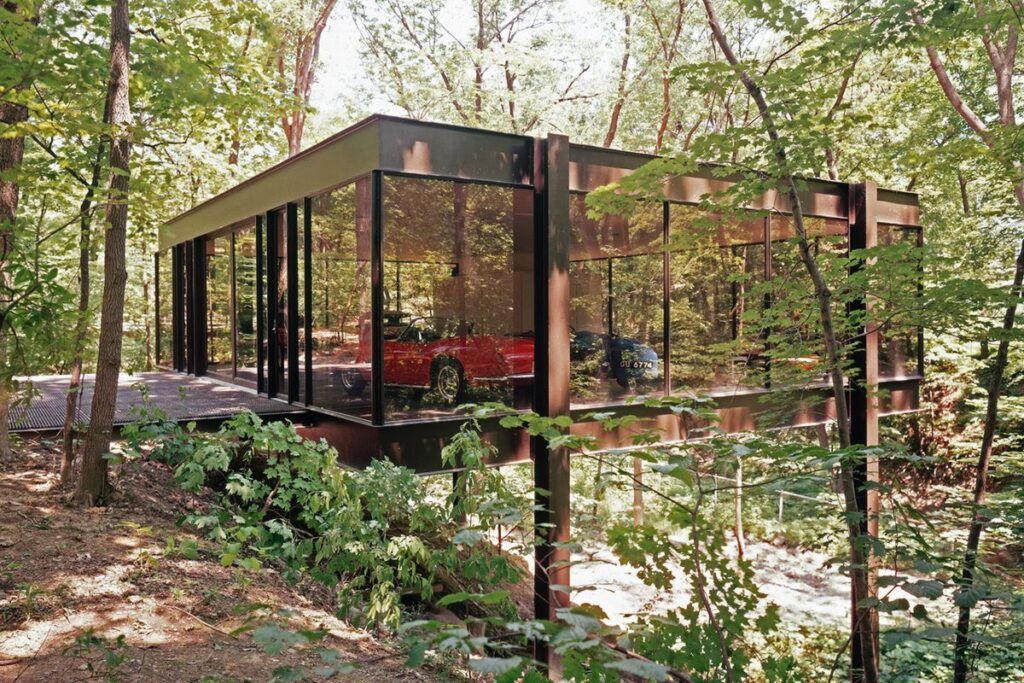
“They’re beautiful—if you like Modernism—but they’re problematic,” writes journalist Dennis Rodkin. “One problem is that the older, larger building needs to be completely reworked inside. I visited when it was first on the market in 2009 (we didn’t run a story at that time; I was there with a TV show’s crew), and it was clear then that the inside needed help. Aside from dated kitchen and bath fixtures, there was also an issue with the walls: the home had been designed to be modular, in a way, with walls that could be reconfigured to suit a family’s changing needs. But they were thin, some were in disrepair, and some of the rooms they enclosed were awkward.”




